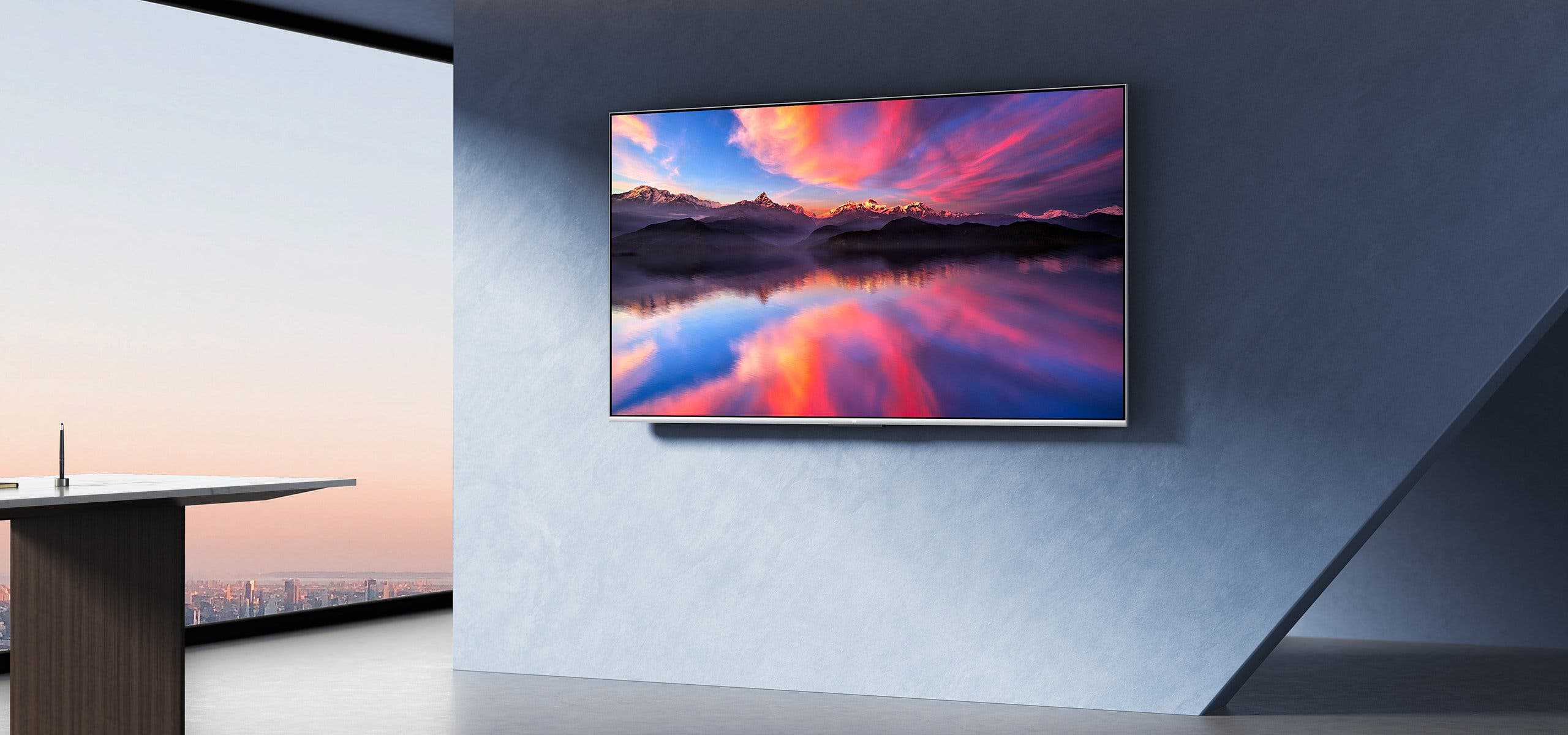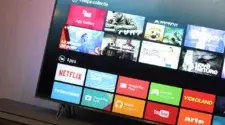A smart TV, especially, goes beyond simply displaying images. It’s a portal to a world of streaming services, gaming adventures, and live events, all accessible at your fingertips. But with so many options on the market, each boasting an array of features, choosing the right smart TV can feel overwhelming.
The truth is, there are a lot of bells and whistles out there that might seem enticing at first glance, but ultimately won’t have a significant impact on your viewing experience. To navigate the sea of marketing jargon and find the perfect smart TV for you, it’s crucial to focus on the key specifications. In this guide, we’ll unveil the three essential specs that truly matter, ensuring you choose a smart TV that delivers exceptional performance and caters to your specific needs.
Don’t Ignore the Panel Technology of the Smart TV
The heart of any smart TV lies in its panel technology. This is the magic behind the picture, dictating how vibrant your colors appear and how deep those dark scenes get. Think of it as the canvas on which your favorite shows and movies come to life.
There are two main players in the panel game: OLED and LED.
OLED (Organic Light-Emitting Diode)
These smart TVs ditch the backlight entirely. Instead, each pixel on the screen lights up independently. This superpower allows them to achieve perfect blacks and incredible contrast, making them ideal for dark, cinematic content. Imagine watching a suspenseful thriller – every shadow and detail will be crystal clear.

LED (Light-Emitting Diode)
LED smart TVs use a backlight, which can be fine-tuned in various ways. Some even have dimming zones to control light levels across the screen. However, they can’t achieve true black like OLEDs.
The current champion of the LED world is QLED (Quantum-dot LED). These TVs boast a special filter that boosts brightness. So, if you crave super-bright, vivid pictures, QLED might be your match.

But here’s the twist: the lines are blurring! OLEDs are getting brighter, while QLEDs are striving for better contrast with mini-LED technology. Price also plays a role – OLEDs tend to be pricier.
The key takeaway? Consider what kind of content you watch most. Do you love dark, atmospheric shows? Then OLED might be your champion. If you crave a super-bright picture for well-lit rooms, QLED could be the winner. We’ll delve deeper into these considerations in the next section.
Consider the Refresh Rate
Ever notice a jerky motion blur when watching fast-paced scenes? That’s where refresh rate comes in. This crucial smart TV spec determines how many times per second the image on your screen refreshes. Think of it as flipping through the pages of a flipbook – the more flips per second, the smoother the animation.
Standard TVs typically offer a 60Hz refresh rate, meaning the image refreshes 60 times a second. This is perfectly fine for most casual viewing. However, if you’re a die-hard sports fan or a dedicated gamer, you’ll appreciate the superior smoothness of a higher refresh rate.

Here’s where things get interesting: high-end TVs often boast a 120Hz refresh rate. This translates to double the image refreshes, resulting in incredibly smooth visuals for fast-moving content. Imagine that game-winning touchdown or that intense online battle – everything will appear razor-sharp and blur-free.
Now, brace yourself for a bit of marketing jargon. TV manufacturers sometimes introduce “motion rates” that sound impressive, reaching numbers like 240Hz and beyond. It’s important to understand that these are essentially software tricks that artificially inflate the refresh rate. Don’t get caught up in these inflated numbers.
The key takeaway? Focus on the native refresh rate. If you crave silky-smooth motion for sports and gaming, aim for a TV with a 120Hz refresh rate. We’ll explore more must-consider specs in the next section!
Don’t Forget the Operating System of the Smart TV
Imagine a smart TV without a brain – a pretty picture with no way to interact. That’s where the operating system (OS) comes in. Think of it as the control center, dictating how you navigate apps, personalize settings, and interact with your favorite content.

Just like smartphones, smart TVs come with a variety of operating systems, each with its own strengths. Here’s a breakdown of some popular options:
- LG webOS and Samsung Tizen: Known for their clean, user-friendly interfaces, these OSes are perfect for those who prioritize simplicity and ease of use. They also offer plenty of customization options, allowing you to tailor the experience to your preferences.
- Google TV and Roku TV: These systems cater to users who crave more control and content organization. They excel at aggregating content from various streaming services, making it easy to find what you’re looking for in one central location.
Choosing the right OS boils down to your personal preferences and existing ecosystem. Do you have a house full of Samsung appliances? Then Tizen might be a great fit. Are you an Apple devotee? Apple TV might be the perfect match.
The key takeaway? Consider how you like to organize content, what devices you already use, and which streaming services you frequent most. We’ll explore the final must-consider spec in the next section!




